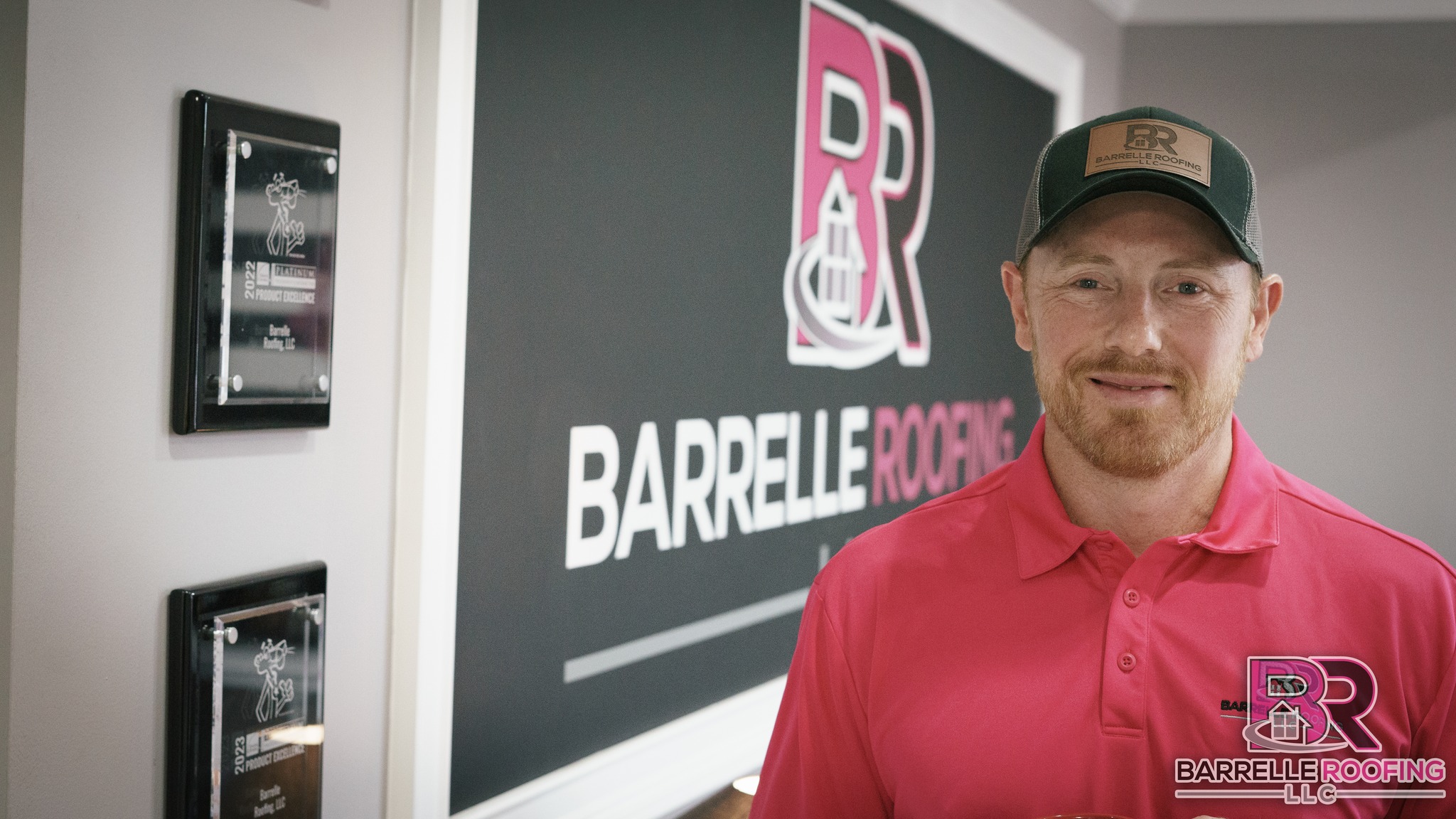
Barrelle Roofing
Roofing FAQ
Frequently Asked Roofing Questions
Here we answer some of your MOST asked questions about your roof and roofing contractors!
Question: Can My Roof Be Energy Efficient/Help Cool My Home?
Here’s Your
Answer
Roofing FAQs
How Roofs Can Be Energy Efficient and Help Cool Your Home
When most people think about roofs, they picture protection from rain, wind, and harsh weather. But what many homeowners don’t realize is that your roof plays a major role in your home’s overall energy efficiency—and it can even help keep your home cooler during those hot summer months. If you’re considering a new roof or looking to make upgrades, understanding how your roof can work for you is key to saving money and staying comfortable year-round.
Reflective Roofing Materials
One of the most effective ways a roof can help cool your home is by using reflective materials. Traditional dark asphalt shingles absorb a large portion of the sun’s heat, transferring it into your attic and raising your indoor temperature. In contrast, cool roofing materials—like white TPO, metal roofing with reflective coatings, or specially designed “cool” asphalt shingles—are engineered to reflect more sunlight and absorb less heat. This means your air conditioner doesn’t have to work as hard, saving you money on your energy bills.
Proper Ventilation and Insulation
It’s not just about what’s on the outside of your roof—what’s underneath matters too. Proper attic ventilation allows hot air to escape, while insulation helps to prevent that heat from penetrating into your living space. When these two elements are working together effectively, they maintain a balanced temperature in your attic, which helps regulate the temperature inside your home. In the summer, this means your living spaces stay cooler. In the winter, insulation helps retain warmth, making your roof energy-efficient year-round.
Green Roof Systems
For urban areas or flat-roof homes, green roofs (also known as living roofs) are a highly effective, eco-friendly option. These systems are covered with vegetation that absorbs heat and provides natural insulation. Not only do they reduce the urban heat island effect, but they also improve air quality and reduce stormwater runoff. While they do require more maintenance, the energy savings and environmental benefits can be well worth it.
Lighter Colors = Cooler Homes
If you’re not ready to invest in a new roofing system, something as simple as choosing a lighter-colored roof can make a difference. Light gray, beige, or white shingles reflect more sunlight than black or dark brown options. Even this small change can help lower the surface temperature of your roof and reduce indoor heat gain.
Solar Reflectance and Energy Star Ratings
When shopping for roofing materials, look for those with a high solar reflectance index (SRI) or ENERGY STAR® certification. These labels indicate that the materials meet specific standards for energy efficiency. Roofing products with these designations are proven to help reduce heat transfer and lower cooling demands.
Conclusion
Your roof is more than just a shelter—it’s a powerful tool in your home’s energy system. By choosing the right materials, ensuring proper ventilation, and considering options like cool roofing or green roofs, you can significantly reduce your energy consumption and keep your home naturally cooler. In the long run, that means lower utility bills, a more comfortable home, and a smaller carbon footprint. When it’s time to upgrade, make energy efficiency a top priority—and let your roof do more than just keep the rain out.
Need A New Roof?
